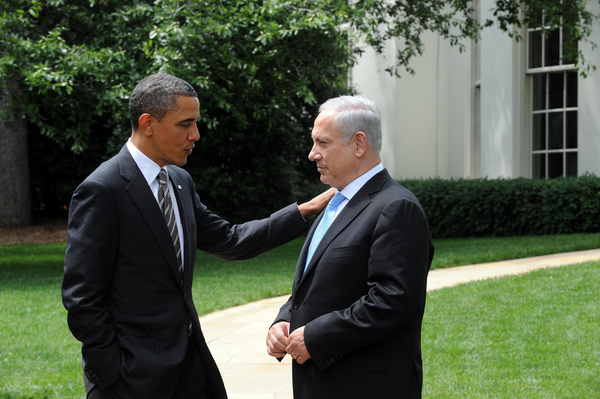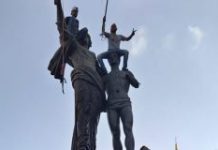Netanyahu: Iran-Lausanne-Yemen axis must be stopped
By HERB KEINON/MICHAEL WILNER/J.Post/03/29/2015
JERUSALEM/LAUSANNE – The nuclear agreement between the world powers and Iran apparently emerging from the talks in Lausanne confirm all of Israel’s concerns, “and even more than that,” Prime Minister Benjamin Netanyahu said at Sunday’s weekly cabinet meeting.
At the same time that the talks are taking place in Switzerland, he said, Iran’s proxies in Yemen are in the process of occupying large segments of Yemen and trying to gain control of the strategic Ba’ad el-Mandeb waterway which is critical to the free flow of the world’s oil.
“After the Beirut-Damascus-Baghdad axis, Iran is carrying out a pincer movement from the south to take over and occupy the entire Middle East. The Iran-Lausanne-Yemen axis is very dangerous to humanity and it must be stopped,” he said.
Before the cabinet meeting, Netanyahu met with visiting Senate Republican leader Mitch McConnell, and spoke over the weekend with the Democratic leader in the Senate Harry Reid, discussing Israel’s deep concern about the emerging agreement. He said that they both spoke of “firm, strong and continuing” bipartisan support for Israel.
Talks intensified on Sunday in Lausanne, a Swiss city on the shores of Lake Geneva, as foreign ministers gathered to discuss the possibility of a political framework.
They seek to reach an understanding by March 31, which will frame a comprehensive nuclear agreement concluded by the end of June.
A UN-backed deal on Iran’s nuclear work is expected to cap, restrict, monitor and roll back its program for a finite period. All five permanent members of the UN Security Council will have to sign off on the agreement.
US Secretary of State John Kerry began meetings early with his Iranian and European counterparts. The foreign ministers of Russia and the United Kingdom are scheduled to arrive later in the day.
“The endgame of the long negotiations has begun,” German Foreign Minister Frank-Walter Steinmeier said on Saturday. “As one sees the cross on the summit, the final meters are the most difficult but also the decisive ones.”


















